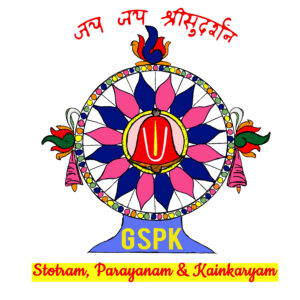During creation the five sense organs and organs of actions are formed as per Bhagavatam. Did Indran exist even before creation or does he differ based upon his karma? How to interpret this?
Vidwan’s reply
We should try to understand two matters from this query – that is, what are indriyam-s (organs/senses), and who is Indran? Indriyam-s are inanimate. When Perumal creates, the primary cause (mUla prakruti) takes up and transforms into multiple forms; indriyam-s originate due to these transformations and are classified as five organs of action and five sensory organs, (karmendriyam and jnanediryam).
Karmendriyam-s are the organs that aid us to do karmas such as padha, pani, payu, vak and upastam (feet, hands, speech, procreation and excretion).
Gyanendriyam is the organs that aid in gaining knowledge – like eyes, ears, nose, tongue, and skin through which gain some type of knowledge. They all belong to the inanimate group.
After forming all these, Perumal proceeds to grant physical forms to the sentient beings. A sentient being’s physical body is made up of inanimate materials. Indran is one of the many sentient beings. He is then created by Brahma. When Perumal completes the inanimate forms to certain extent, Perumal ordains Brahma to continue the creation further. Indran is one of Brahma’s creations. As per scriptures, there are various reasons like good deeds to attain the position of Indra. On the whole, Indriyam-s are inanimate while Indran is a sentient being.
Does Perumal recognizes matters through his atmaswaroopa or like us through dharmabhutagyanam?
Vidwan’s reply
Perumal recognizes all matters through his swaroopam and sankalpam. He controls certain matters physically and certain others by his will.
For example, by his divine will he makes the planets remain in their orbit, stars are at their positions, and the sea is within its limits. These are known as sankalpena dharakatvam; he supports them through his will. Swami Desikan has mentioned in Srimadrahasyatrayasaram that there are two kinds of dharakams.
![]()

